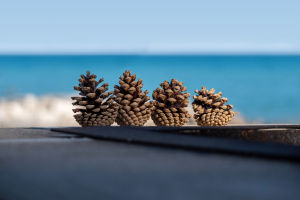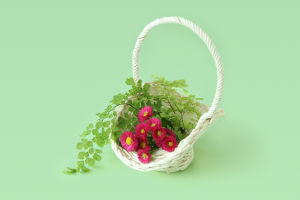Hey, garden enthusiasts! Are you looking for that perfect plant to make your garden shine? Look no further than the Giant Allium! This perennial beauty, with its eye-catching large blossoms and striking colors, is exactly what you need to elevate your outdoor space.
In this article, we’ll dive into everything you need to know about this incredible plant, from its characteristics to planting tips, and the best ways to care for it. Let’s get started and make your garden a visual masterpiece!
What is The Giant Allium?
It is scientifically known as Allium giganteum, is a perennial herbaceous plant that belongs to the onion family. It is commonly referred to as the giant onion due to its large, globe-shaped flower clusters. Native to Central Asia and the Himalayan mountains, it is well-suited for cooler climates, particularly those found in northern regions. With its impressive height, typically growing between 30 to 60 centimeters, and its stunning purple-red flowers, the Giant Allium is a standout in any garden.
The flowers are arranged in a spherical shape on tall flower stalks, creating a dramatic effect. During blooming season, which occurs between May and June, it dazzles with hundreds of small, yet vibrant, flowers. The seeds are black and spherical, contributing to its unique visual appeal.
Ideal Growing Conditions for the Giant Allium
If you’re ready to add Alliums to your garden, it’s important to know where it thrives best. Allium is happiest in cool, sunny environments. It prefers fertile, loose, and well-drained sandy loam soil. Ideal temperatures range from 15 to 25°C. If you’re growing it in a location with hot summers, you may want to consider planting it in a spot that gets afternoon shade, as it does not tolerate heat well.
The Giant Allium also appreciates an organic-rich soil mix, so make sure the soil is nutrient-rich. This plant loves a good amount of sunlight, so a spot that gets plenty of natural light will help it flourish. But beware, it doesn’t like standing water or overly wet soil, so drainage is key.
Planting Alliums: How to Get Started
Now that you know what Allium needs, let’s talk about how to plant it. You can propagate Alliums by seed or by dividing the bulbs. The best time to plant allium is in the fall, as it allows the plant to settle and establish its roots before the colder weather sets in. When planting, be sure to space the bulbs about 15 to 20 centimeters apart to give them room to grow.
One important tip to keep in mind is to rotate the planting location each year. The Giant Allium doesn’t do well if planted in the same spot every season, so moving it around will help it stay healthy and vibrant. Also, consider using organic compost or natural fertilizers to boost growth.
How to Care for Allium After Planting?
Allium is relatively low-maintenance once it’s established, but there are a few care tips you should follow to ensure it thrives. Water it regularly, but make sure the soil doesn’t become soggy. Overwatering can lead to root rot, so always check the soil moisture before adding more water.
After blooming, it’s important to care for the bulbs properly to ensure they continue to grow. Avoid cutting the foliage too early; let it die back naturally to allow the plant to store energy for next season. Additionally, you can apply a light layer of mulch around the base to keep the soil temperature stable during colder months.
The Giant Allium in Landscaping: A Garden Showstopper
The Allium is a fantastic addition to flower beds, rock gardens, or even as a feature in the middle of your lawn. It works beautifully in mixed flower borders, adding height and texture to the landscape. The large, globe-like flowers create an amazing visual impact, especially when planted in groups.
This plant is not just ornamental; it also attracts pollinators like bees and butterflies, making it a great choice for eco-friendly gardens. It’s also an excellent cut flower, perfect for creating stunning floral arrangements.
Make Allium the Star of Your Garden
If you’re looking to add something truly spectacular to your garden, Allium should be at the top of your list. With its unique flowers, easy care, and versatility, it’s sure to become the star of your garden. Whether you’re a seasoned gardener or a beginner, the Giant Allium will not disappoint.
We hope you’re as excited as we are to start planting this beautiful and impressive flower! Happy gardening, and remember: adding allium to your garden means adding a touch of elegance that will last for years to come.
Lykkers, are you ready to transform your garden? Let us know how Allium has brightened up your space! Happy gardening!


